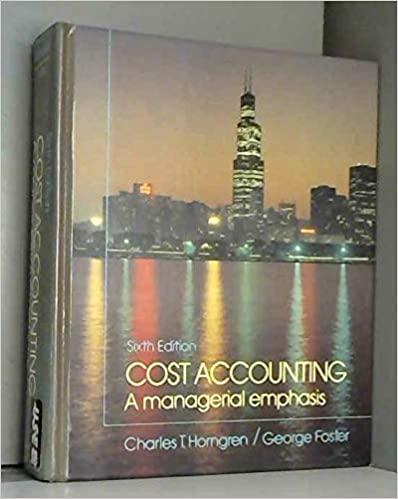Answered step by step
Verified Expert Solution
Question
1 Approved Answer
Mr. Coleman, an unmarried individual, had the following income items: Interest income $ 13,800 Ordinary loss from an S corporation (9,100 ) Ordinary income from
Mr. Coleman, an unmarried individual, had the following income items:
| Interest income | $ | 13,800 | ||
| Ordinary loss from an S corporation | (9,100 | ) | ||
| Ordinary income from a partnership | 173,000 | |||
He had $28,000 itemized deductions and no dependents. Compute Mr. Coleman's passthrough income is qualified business income under Section 199A. Compute Mr. Colemans income tax. Assume the taxable year is 2018. Use Individual Tax Rate Schedules and Standard Deduction Table. (Round your answers to the nearest whole dollar amount.)



Step by Step Solution
There are 3 Steps involved in it
Step: 1

Get Instant Access to Expert-Tailored Solutions
See step-by-step solutions with expert insights and AI powered tools for academic success
Step: 2

Step: 3

Ace Your Homework with AI
Get the answers you need in no time with our AI-driven, step-by-step assistance
Get Started


